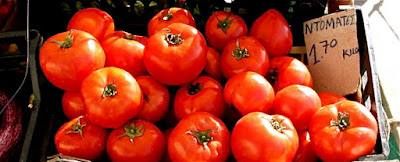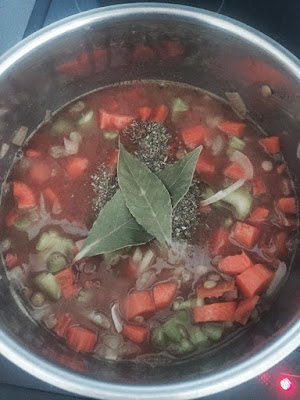Weekends are for exploring London!
As it is the first weekend in January (Happy New Year - Kalh Xronia!), I grabbed my friend Katie, we wrapped up warm and we went for a nice long walk along the river in Battersea to catch up on all of our activities during the festive period.
We ended up in Wandsworth Town and stumbled across this quaint Greek delicatessan called Little Village, only a few moments from Wandsworth Town station on Old York Road.
The Greek owner is extremely friendly and explained how he imports all of his Greek produce from Greece. The deli has only been open for a few months but has it's very own oven inside, so he bakes fresh goods, such as Spanakopita.
There is a great selection of olive oil, olives, truffle and mediterranean spreads. He was kind enough to let us sample some and both Katie and I were in food heaven.
The raisin and cinnamon spread, which is actually a Greek dessert, is to die for! All you need is a small dollop, spread it on freshly baked bread, it is absolutely delicious. We both went home with jars full of the stuff!
Little Village doesn't only have Greek produce, it also stocks a wonderful selection of British and Mediterrean delicacies.
If you are like me and love exploring independent local food stores in London then Little Village is not to be missed. Go wander around Wandsworth Town and make sure you stop into 366 Old York road, you will not be disappointed!
Kali orexi - enjoy!!























































